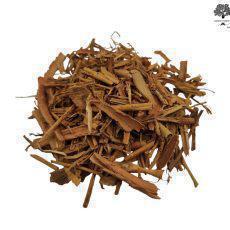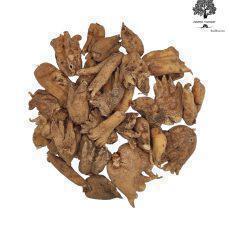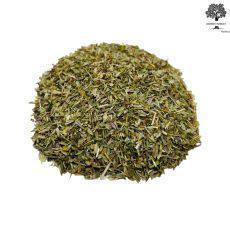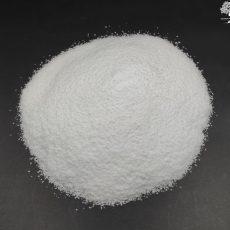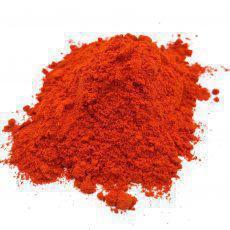Description
Product: True Cinnamon
Ceylon Cinnamon sticks of irregular shapes as shown in photos.Shapes dimensions can be from 1cm to 7cm
Latin Name: Cinnamomum zeylanicum
Plant Family: Lauraceae
Expiration Date: Provided on the bag
Other Names: Sri Lanka Cinnamon, True Cinnamon, Sweet Wood, Cinamonas, Dalchini, Canela, Cannelle Ceylan, Zimt, Kanel,
Cannella, Qurfa, Kanellë, Ceylonski Cimet, Seiron-Nikkei, Koritsa, Korytsya & Cây quế.
True cinnamon comes from the bark of an evergreen tree native to Sri Lanka and India which grows to a height of 8-20 metres. The leaves are petiolate, entire, mid green in colour with the underside being a paler green than the upper side, leathery ovate and up to 18cm in length. Young leaves are paler green with a reddish tinge, the leaves have 3-5 longitudinal veins. The 6-petaled flowers are approximately 3mm in diameter, pale yellowy-white in colour and form panicles of blooms which are 5-7cm in length. Flowers give way to fleshy fruits which are ovoid in shape, black in colour when ripe and 1.5-2 cm in length.
Brief History: In mythology as well as history cinnamon has played an important part in many cultures, the Arabs helped keep the price of cinnamon up for centuries when they circulated the myth of the ‘Cinomolgus’. A giant phoenix like bird that they claimed made its nests from cinnamon sticks. Taoist monks imbued the spice with the ability to prolong life, and believed cinnamon was one of the reasons that their Gods were immortal.
Allergy Advice: Cinnamon contains a naturally occurring source of salicylates and is best avoided by people eating a salicylate free diet.
SUGGESTED USE
Cinnamon can be added to both sweet and savoury dishes, sprinkle into bread, biscuit, cake and muffin recipes, it can be added to curry powder blends, stirred in to soups, stews and tagines., it works well with chicken, lamb and beef. Add to crumble toppings and the fillings of apple and pumpkin pies, sprinkle onto porridge, muesli, pancakes for a sweet spicy flavour. You can also blend it into butter and make spicy cinnamon toast, try the butter on toasted teacakes and crumpets to!Cinnamon can be added to scented sachets and pot pourri mixes and to mulled wine and cider blends.
SHELF LIFE
Shelf life of two years provided that goods are stored in an airtight container in ambient conditions.



